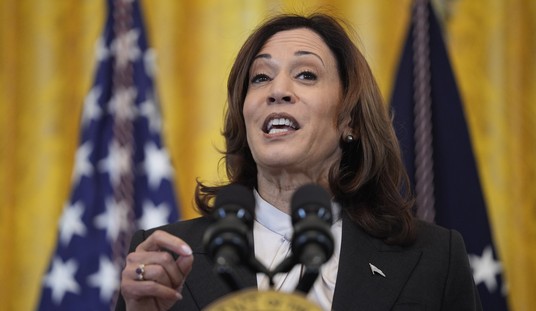The famous saying is “Follow The Money.” With the humblest of respects to many of my colleagues in the mainstream media, other mediums on Wall Street, and Nobel laureate New York Times Keynesian columnists, you all seem to have forgotten that old adage.
The debate continues, but seems to be waning, as to whether or not we are in a treasury bond bubble. When the benchmark 10-year U.S. Treasury yield recently hit a 220-year low, even I was taken aback by what seemed to be the bottom.
However, that would disregard the concept of FTM. Today, billion dollar deposits can be made with high degrees of risk in such places as Greece, Italy, and Spain. Or, deposits can be made with a low degree of risk in such places as Austria, Germany, Japan, and Switzerland.
Included in the latter is also the United States. Since security and peace of mind trumps the interest rate, we are now witnessing large depositors seeking safety first. Once that decision for safety is made, the yield now comes into play.
Currently, Germany and Japan are very close to a zero percentage return, whereas Austria and Switzerland are charging a fee to warehouse money, which equates to a negative return. Thus, based strictly upon safety and return, buying United States paper is a fairly easy decision.
After all, realizing some return on your investment is better than receiving nothing at all. Comparing 10-year yields across the safety spectrum, the U.S. easily out distances all others.
Recommended
In fact, when examining the most recent U.S. 10-year Treasury auction it’s easy to understand why the high bid was a record low 1.459%, and even more revealing, the low bid was 1.36%. The bid-to-cover ratio, or “did anyone want the paper at this low level,” was 3.61, the second highest ratio ever recorded. (Bid-to-cover means that for every $1.00 offered, $3.61 was bid.)
Therefore, given that concern has turned to worry, it’s not inconceivable for money to gravitate to the highest safe yield. But what happens when conditions turn from fear to panic?
Could we have a zero-rate 10-year Treasury in our future? It happened in Austria, Germany, and Switzerland, so why not right here in the U.S.A.? Only time will tell. Regardless, big money will always find the safest place with the best yield, even if its zero or below.
So make no mistake, the truth is always found when you Follow The Money.

























Join the conversation as a VIP Member